Current Situation and Future Prospects of the Development of Rockwool Production Line Equipment Manufacturing Industry
Rockwool production line equipment is specialized machinery used to produce rock wool materials. Rock wool, as a high-quality insulation and fireproof material, is widely applied in construction, industrial, and various other fields. It not only provides effective thermal insulation but also offers sound absorption and fire prevention, leading to increasing demand within the construction industry. This article will delve into the current development status of the rockwool production line equipment manufacturing industry.
The Vigorous Development Status of the Rockwool Production Line Equipment Manufacturing Industry
In recent years, the rockwool production line equipment manufacturing industry has encountered unprecedented development opportunities. Driven strongly by energy-saving and environmental protection policies, numerous enterprises with independent research capabilities have emerged in this specialized equipment manufacturing field. The rapid technological advancement from traditional semi-automation to today's fully automated and intelligent production lines marks a significant improvement in the industry's overall technical level. Particularly in terms of production process optimization, the intelligent control systems of rockwool production lines have greatly improved production efficiency and product stability, significantly reducing unit energy consumption. This holds profound implications for the sustainable development of the industry.
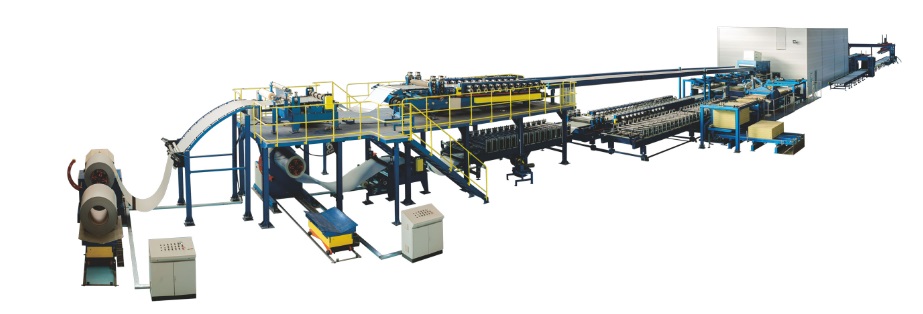
Dual Drive of Market Demand and Environmental Standards
The transformation and upgrading of the construction industry have created vast market space for rockwool production line equipment. As the concept of green buildings grows more ingrained in society, the demand for high-performance insulation materials continues to rise, directly driving high demand for advanced rockwool production lines. More importantly, increasingly stringent environmental regulations compel rockwool production line manufacturers to consistently optimize their technical solutions. Many companies are starting to adopt clean production processes, implementing measures such as reducing waste emissions and improving energy utilization rates, thereby creating more environmentally friendly production systems. Policy support, including energy-saving and emission reduction subsidies and green product certifications, has also created a favorable external environment for market expansion of rockwool production line equipment.

Transformation and Upgrade Driven by Technological Innovation
Currently, the rockwool production line equipment manufacturing industry is at a critical stage of technological iteration. Leading companies are applying cutting-edge technologies such as the Internet of Things and big data analysis to production lines, building intelligent production management systems. Through real-time monitoring of production parameters and automatic adjustment of process conditions, rockwool production lines not only improve product consistency but also drastically reduce energy consumption during production. It is worth noting that the introduction of modular design concepts has made production lines more flexible, allowing for customized adjustments based on different customer needs. This technological innovation is reshaping the competitive landscape of the industry and driving the industrial chain towards higher added value.
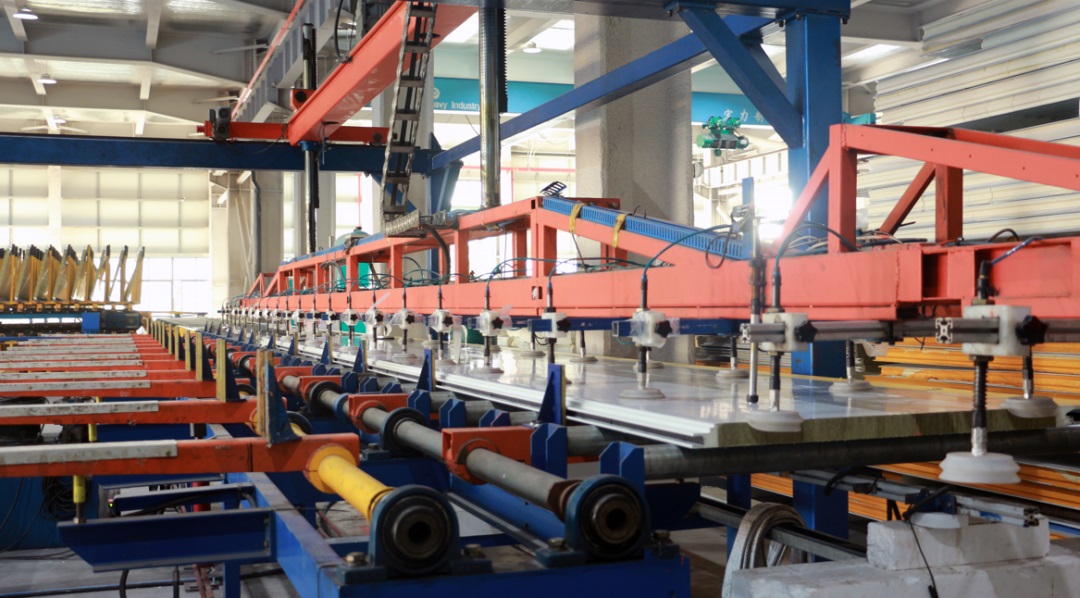
Future Outlook
Looking ahead, the rockwool production line equipment manufacturing industry will experience broader application prospects. As technology continues to advance and industry regulations become more standardized, competition among enterprises will become fiercer. Those who master advanced production technologies will stand undefeated in the market.
At the same time, as consumer demands for product quality and environmental protection increase, the rockwool production line equipment manufacturing industry will need to continuously enhance its technological level and service quality. We can imagine that future rockwool production line equipment will not only have higher production efficiency but may also achieve more refined product customization to meet various customer needs.
In summary, the rockwool production line equipment manufacturing industry is currently undergoing rapid development and transformation in the prevailing market environment. Despite facing some challenges, the future still holds limitless possibilities driven by market demand, technological advancements, and policy support.


 CN
CN
 EN
EN
 fr
fr  de
de  es
es  it
it  ru
ru  pt
pt  ar
ar  th
th  pl
pl  ro
ro 





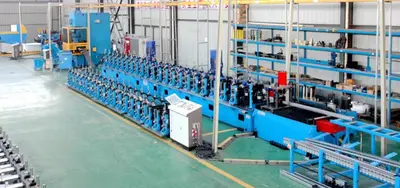
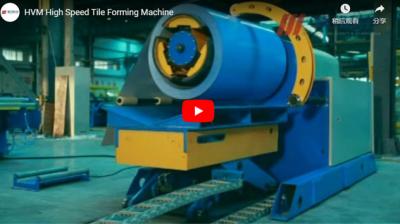
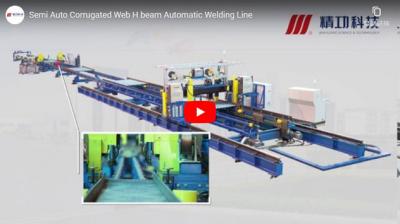
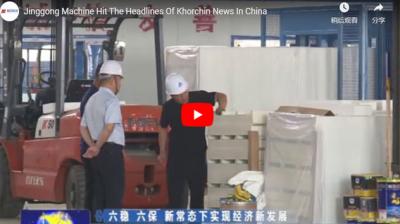

 Call us on:
Call us on:  Email Us:
Email Us:  #1809, Jianhu Rd, Keqiao, Shaoxing, Zhejiang, China
#1809, Jianhu Rd, Keqiao, Shaoxing, Zhejiang, China 